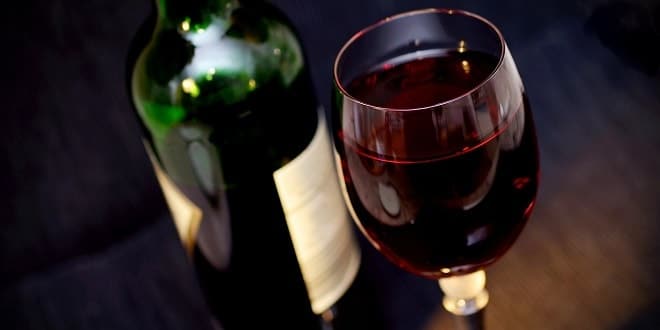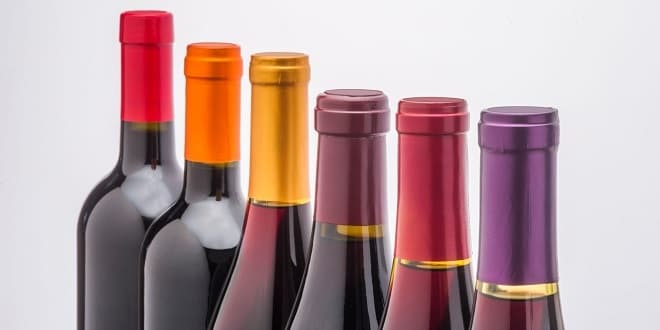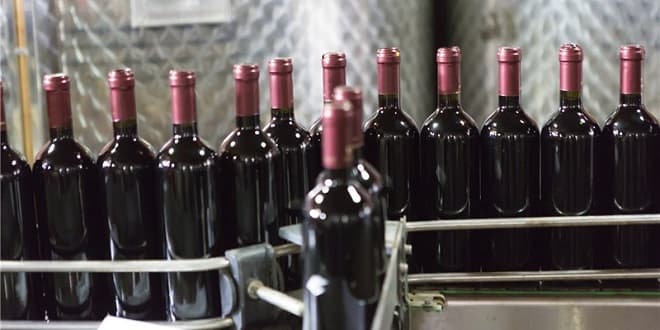Fermentation Lab Sheets > Wine ( FE 411 )
PURPOSE
To familiarize students with the basic procedures of successful wine making and to measure several parameters that changes during the fermentations.
THEORY
Wine is an alcoholic beverage fermented from fruits, especially from red or white grapes. Wine has a history dating 6000 BC originated Georgia and Iran. Wine is made from varieties of Vitis vinifera. Most known varieties are: Riesling, Chardonnay, Cabernet Sauvignon, Pinot Noir, Gewurztraminer, Sauvignon Blanc and Muscat. A characteristic wine is obtained with each variety.
Saccaharomyces cerevisiae is known as wine yeast. Different strains of yeasts can be used also in wine producing. Yeasts ferment sugar found in the grapes and form alcohol (ethyl alcohol) and CO2 as main compounds. By the way, yeasts produce second metabolites: higher alcohols, esters, organic acids, and carbonyl compounds. These effect wine quality in positive way.
There are many factors particularly ‘terroir’ effecting wine characteristic. Terroir is a concept comprising the varieties of grapes used, elevation and shape of the vineyard, type and chemistry of soil, climate and seasonal conditions and the local yeast cultures. Terroir has also a great effect on fermentation and aging processes.
Generally wine is classified according to place of origin or appellation (Bordeaux, Mosel etc.), vintage or varietal (Chardonnay, Cabernet Suvignon etc.) and vinification methods (sweetness, fortied, color etc.).
A general production of wine:
…




